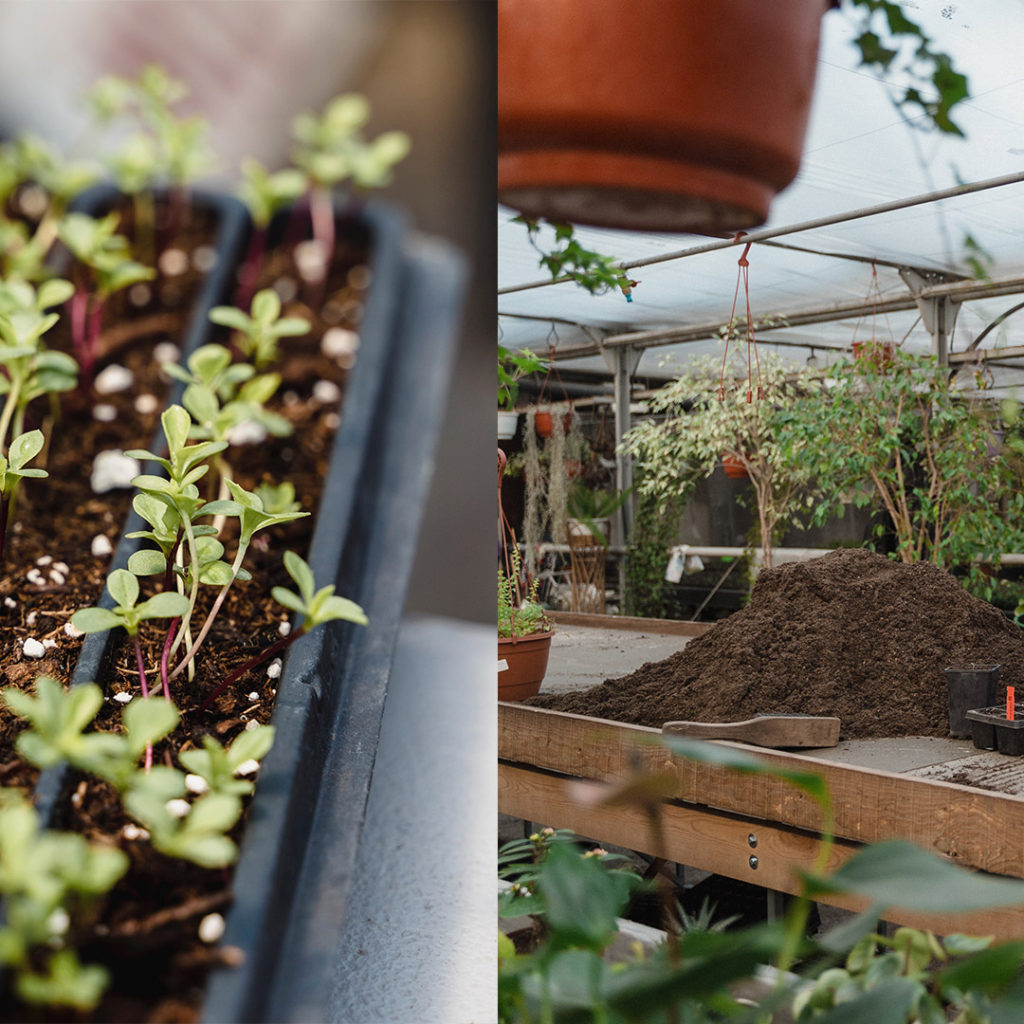Utilising urban roofs for circular food production
HONG KONG — Food production in densely built-up cities is often outsourced to far-flung agricultural areas. However, such supply chains result in massive greenhouse gas (GHG) emissions due to land processing and transportation. Furthermore, about 30 per cent of all produce goes to waste before reaching end customers. As it rots in landfills, organic waste releases methane gases, a GHG that is 80 times more potent than carbon dioxide in accelerating global warming.
To reduce the problem of food waste while closing the farm-to-table gap in cities, a social enterprise in Hong Kong called Rooftop Republic has developed model called DIGEST. It integrates urban farming with a waste-to-compost processing system, allowing the building to serve as a ‘living organism’ that adheres to circular concepts.
“We [Hong Kong] produce 3,600 tonnes of food waste daily. Yet, less than 200 tonnes of food waste per day can be collected and recycled by our existing facilities,” explains Rooftop Republic in their introduction video. With the vision to make good use out of Hong Kong’s 6 million square metres of under-utilised rooftop spaces, they outlined several steps in food waste processing by DIGEST:
Firstly, food waste is collected and carefully sorted. The types of food waste that can be processed by the digester include non-citrus fruits, coffee grounds, egg shells and uncooked vegetables, while other types of waste are processed in the city’s central recycling facilities.
Next, the digester helps speed up composting by processing the waste into a soil-like substance. It is then matured in a smart composter tumbler that is customisable with IoT devices. Various settings such as moisture, substance and ambient temperature, and levels of ammonia can be monitored and controlled remotely. This helps achieve a consistently good quality of compost, ensuring that as much waste as possible can be reused to grow food in the urban farms.
This decentralised and circular food regeneration model helps utilise rooftop spaces as hubs for food production and processing, feeding communities and achieving food security while addressing the health, social and environmental impacts caused by the predominant model of production.
Watch Rooftop Republic’s video:
The deadline has been EXTENDED for our student competition, FuturArc Prize 2022, where you can submit ideas to reinterpret under-utilised buildings! Send in your entries by 11 March 2022 (23:59 SGT) for a chance to win cash prizes.



